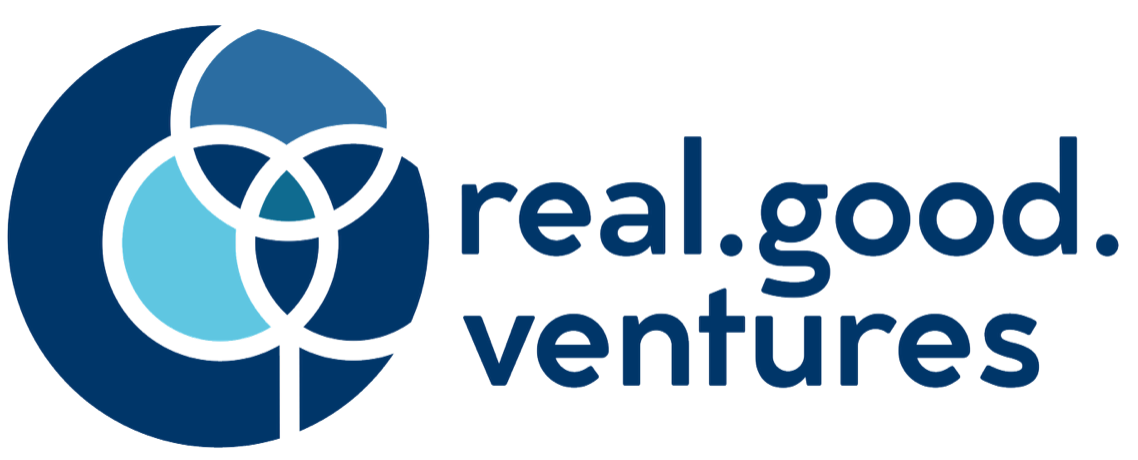After the “Why”, Focusing on the “What, When, and How”
Every now and then, things just come together. You know what that’s like. It could be the completion of a successful project, a reunion of family and friends, or the amazement of a symphony’s ability to bring a piece of music to life…perfectly. These things usually don’t happen by accident. They happen because the people involved know what to do and when to do it.
This week we discuss a simple approach to align activities and structure to your business strategy in the post-pandemic world. In previous blogs, we stressed this simple truth: execution is the sum of all the activities performed by your employees. In order to achieve your long-term goals, you need to be sure your people are doing the right work.
In our client work, we use the Requisite Organization approach developed by Elliott Jaques, a researcher, and practitioner who codified many of today’s global management practices. This method clearly defines the nature of work and relationships required across an organization in order to enable desired results.
Implemented correctly, it helps every employee understand:
What activities to perform
The outcome of those activities
What others do
How to work with others within a defined structure
The Requisite Organization starts with stating the strategy and expected outcomes, determining what work is needed to achieve them, who is best suited to do the work, and evaluating how people need to work together. This clarity leads to increased employee engagement (since employees better understand the relation between their work and overall goals), greater focus, and higher productivity.
The improvement process starts at the top and works its way down to every level of the organizational structure, resulting in every role knowing who, what, why, and how work should be done.
This approach is obviously selective: we use Line-of-Sight diagnostic data to identify where in the organization the lack of clarity or alignment of tasks is bogging down execution. Our improvement work, therefore, focuses only on these areas. We do not intervene in parts of the company where execution scores are satisfactory.
Our improvement work often brings to light the “silo effect” - lack of coordination between different parts of the organization. As we discussed in a previous blog, product or service issues generally happen at organizational breakpoints: at these points, lack of communication, lack of clarity on objectives, or even conflicting goals express themselves in poor delivery. With the Requisite Organization approach, we can identify and remove these breakpoints.
As we head into a post-pandemic period, we expect to see lower scores than usual for Activities and Structure when we conduct the initial Organizational Health scan on new clients. This is due to the pivot in strategy and operations that many companies had to perform in 2020.
From what we are seeing so far, the adaptation of organization structures and job definitions have lagged behind, creating friction and taxing productivity. We are already seeing this to be a major area of focus and improvement for our clients in 2021 and continued attention to this aspect of business will ensure that we are making beautiful music together in the years to come.
To learn more about enhancing your own execution, please reach and we will initiate an assessment of your execution capabilities.
